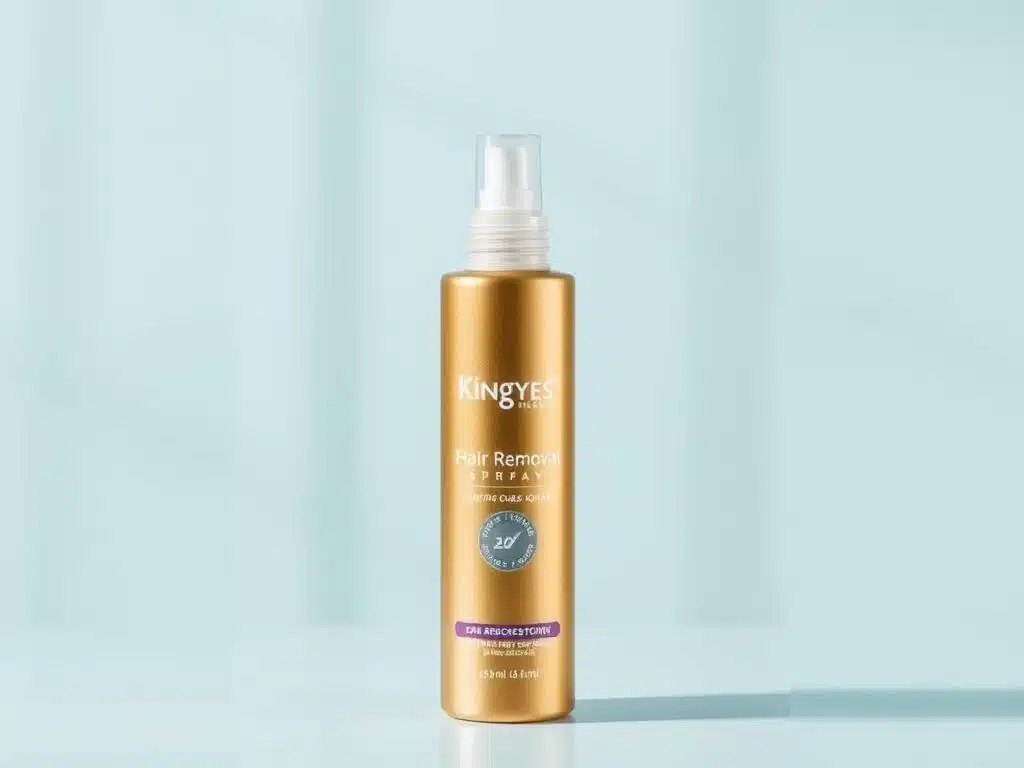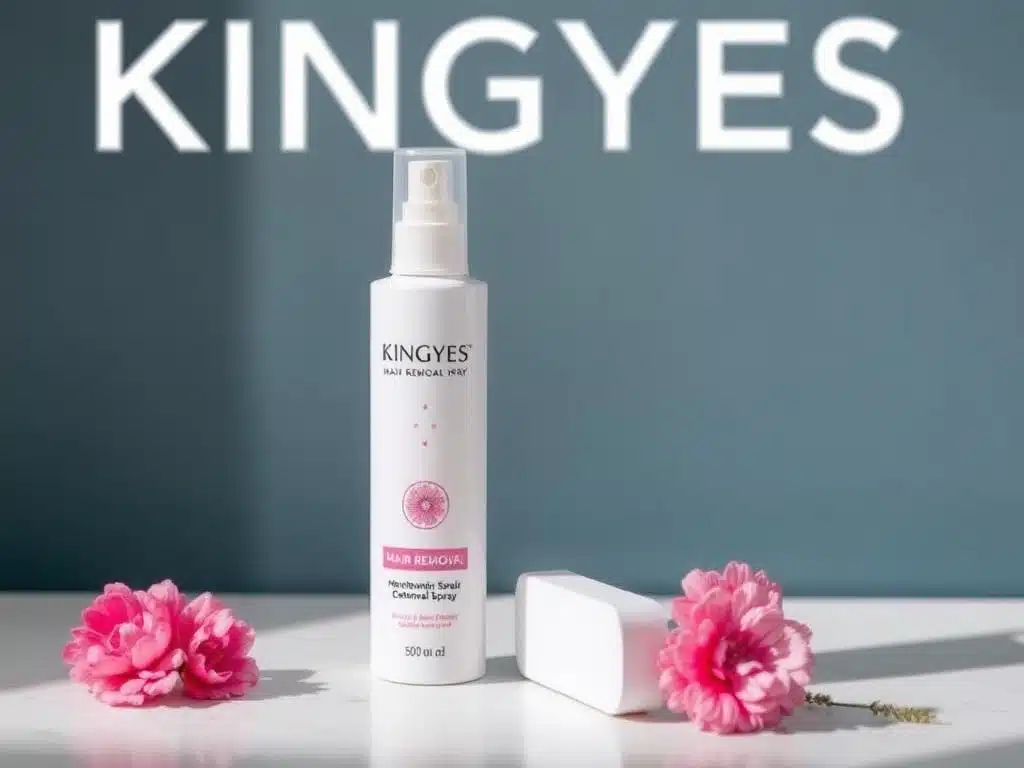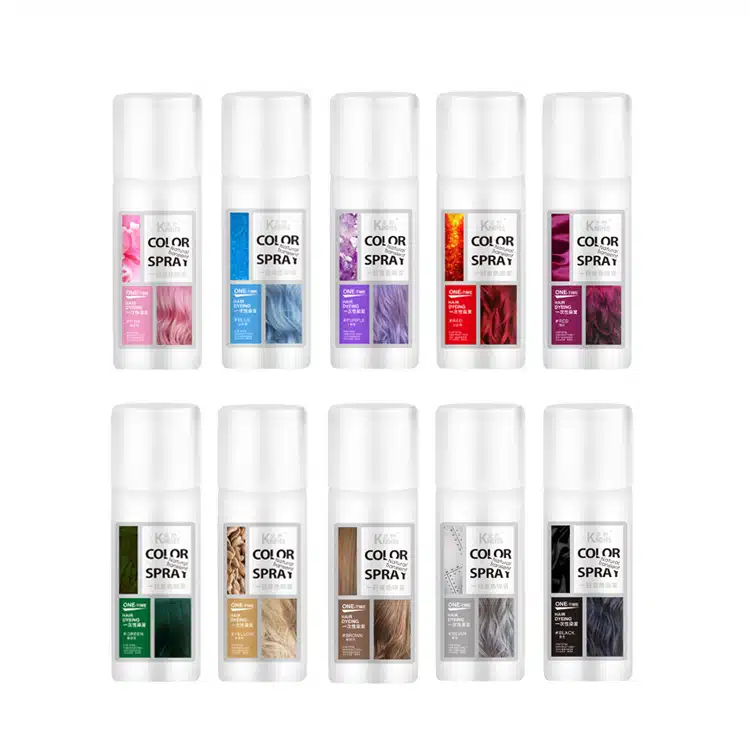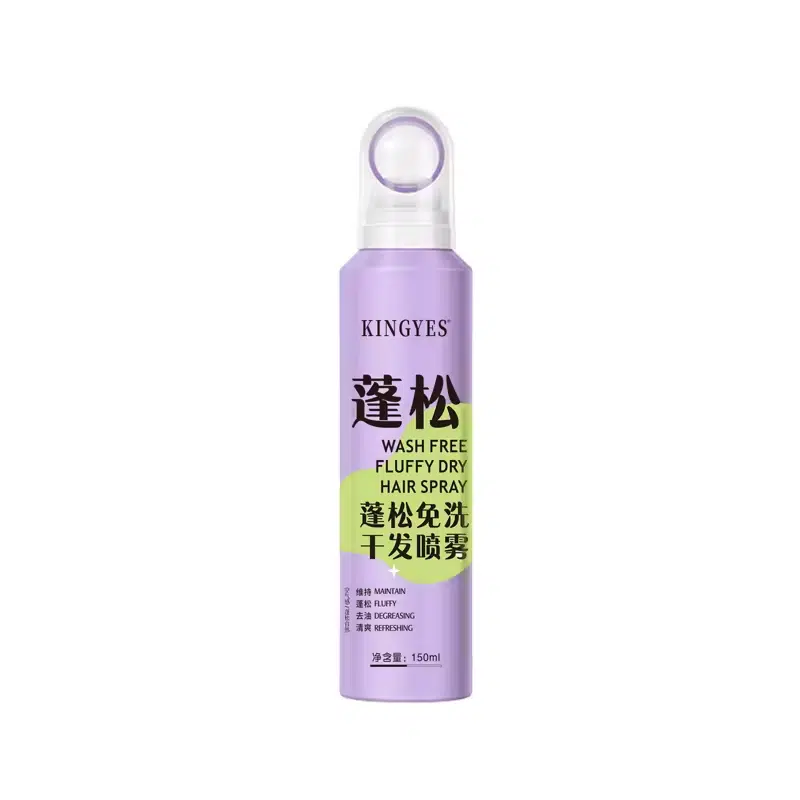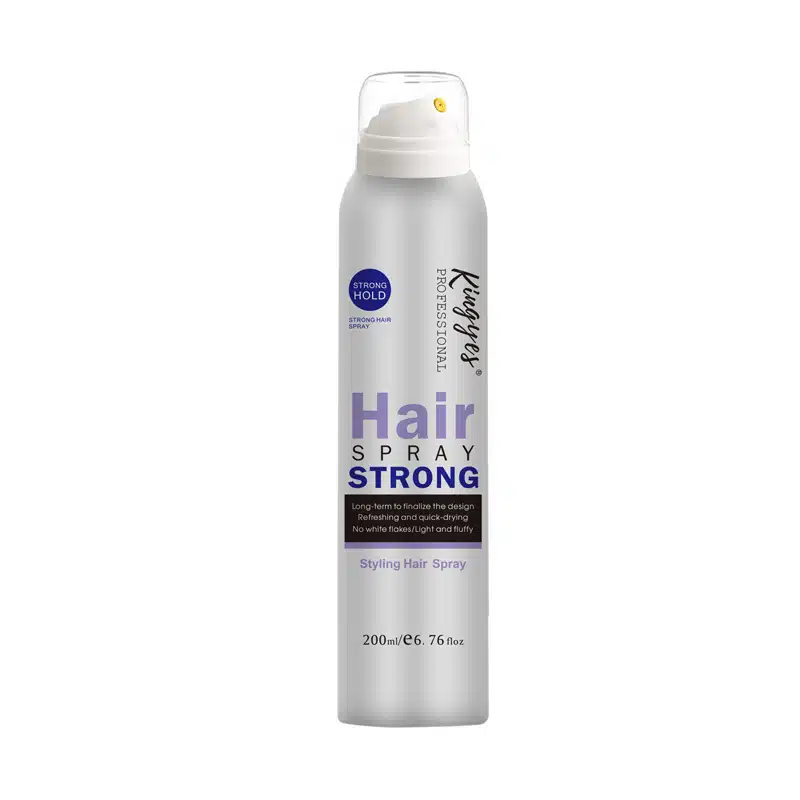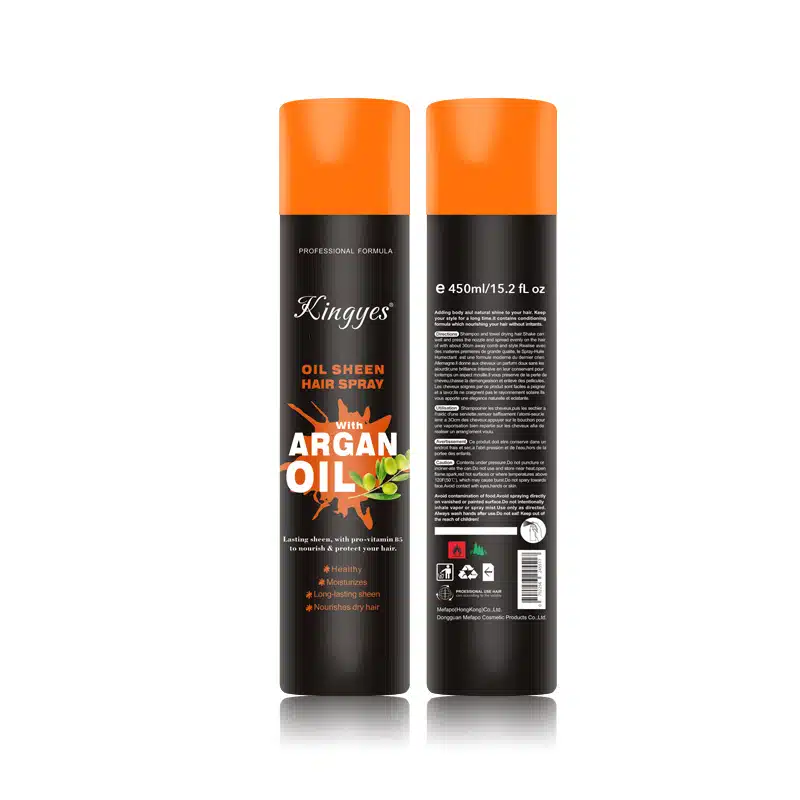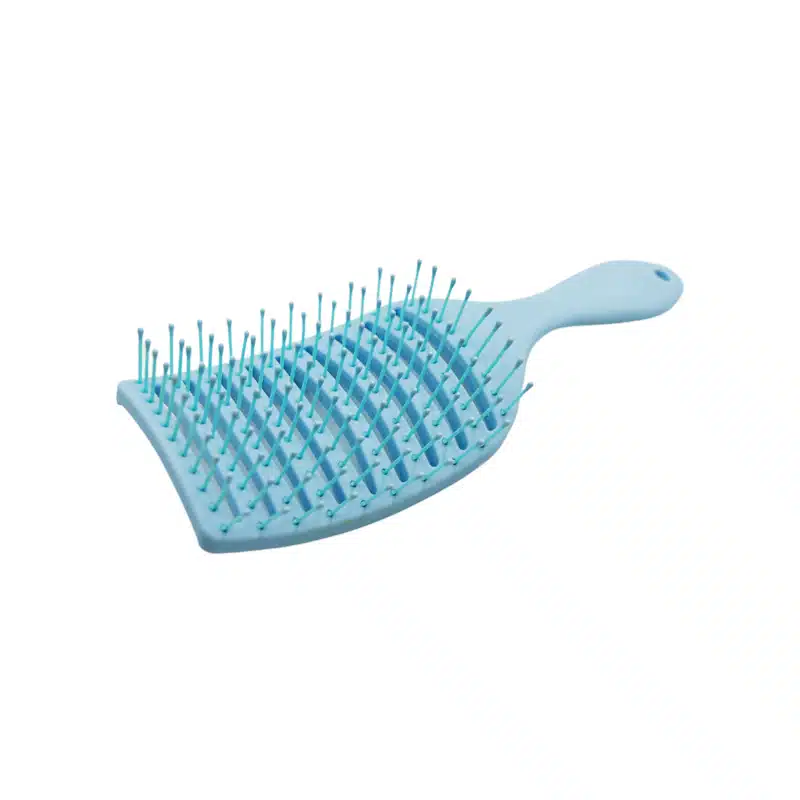
How To Make Your Own Hair Removal?
Satura rādītājs
Smooth and Natural: How to Make Your Own Hair Removal Solutions at Home
Are you tired of expensive salon visits or harsh chemical treatments for matu noņemšana? You’re not alone! Many people are turning to DIY natural hair removal remedies uz noņemt nevēlamu apmatojumu in the comfort of their own homes. This comprehensive guide explores various methods for creating your own homemade hair removal, with a focus on dabas ingredients like sugar, turmeric, un papaya. We’ll delve into how to make sugar wax at home, explore other natural remedies, and discuss their effectiveness. If you’re looking for gentler, more affordable ways to achieve smooth skin, this article is your go-to resource. You can even try these methods if you have jutīga āda. Let’s discover how to try at home these DIY hair removal solutions.
Sugaring: A Sweet Solution for Hair Removal
Sugaring is an ancient matu noņemšanas metode that has gained renewed popularity in recent years. It involves using a sticky paste made from sugar, lemon juice, and water to noņemt matus from the root. Cukrēšana is often compared to vaksācija, but it’s considered to be less painful and gentler on the skin, making it a great option for those with sensitive skin. This makes it ideal for delicate areas such as the face and bikini area. It is one of the best natural methods. The sugar paste adheres only to the mati, not the skin, which reduces kairinājums. This makes it a gentler option than traditional vasks.
To make sugar wax at home, you’ll need:
- 1 cup of granulated sugar (white sugar is recommended)
- 1 tablespoon of lemon juice
- 1/4 cup of water
Combine the ingredients in a saucepan and heat over medium heat, stirring constantly until the sugar dissolves and the mixture turns a golden-brown color. Once it reaches a thick, syrupy consistency, remove it from the heat and let it cool slightly. The sugar paste can then be applied to the skin in the matu augšanas virziens and removed in the opposite direction, pulling the mati out from the root. This paste is similar to what is used for traditional wax, but it is much better for sensitive skin. It is one of the most effective natural remedies.
The Power of Papaya: A Natural Enzyme for Hair Reduction
Papaya is not only a delicious tropical fruit but also a surprising ingredient for natural hair removal. Papaya contains an enzyme called papain, which is known to break down matu folikulu and inhibit matu augšana. When used regularly, papaya can help to reduce the appearance of nevēlami matiņi over time. While it may not provide instant results like vaksācija vai skūšanās, it’s a gentle and dabas option for those seeking long-term mati reduction. You can use papaya in combination with other dabas ingredients for labākie rezultāti.
To use papaya vietnē matu noņemšana, you can create a paste by mashing ripe papaya and mixing it with a small amount of turmeric powder. Apply the paste to the area where you want to noņemt matus un let it sit for 15-20 minutes. Then, rinse it off with silts ūdens. For best results, repeat this process 2-3 reizes nedēļā. Over time, you may notice a reduction in matu augšana and a finer texture of the remaining mati. This is a gentle option that may be suitable for facial hair.
Turmeric: More Than Just a Spice
Kurkuma is a vibrant yellow spice commonly used in Indian cuisine, but it also has a long history of use in ādas kopšana un matu noņemšana. Kurkuma is believed to have anti-inflammatory and antioxidant properties, and some studies suggest that it may help to inhibit matu augšana. It is often used to remove facial hair and other ķermeņa apmatojums. The best homemade remedies often include turmeric because of its beneficial properties. When combined with other ingredients, turmeric can help to noņemt nevēlamu apmatojumu dabiski.
To use turmeric vietnē matu noņemšana, you can make a paste by mixing turmeric powder with milk or yogurt. Apply the paste to the desired area and let it sit until it dries completely. Then, gently rub the paste off in a circular motion using a damp washcloth. This process can help to exfoliate the skin and may also help to weaken the mati over time. It’s important to note that turmeric can stain clothing and skin, so it’s best to use it with caution and wear old clothes during the process. Some people also find that turmeric helps to lighten dark spots on the skin.
Honey Wax: A Sticky Situation with Sweet Results
Honey wax is another natural hair removal option that can be easily made at home. Honey has natural antibacterial and moisturizing properties, making it a beneficial ingredient for the skin. When combined with sugar un lemon juice, it creates a sticky vasks that can effectively noņemt matus from the root. Honey wax is often considered to be less painful than traditional wax. It is a popular DIY hair removal option.
To make honey wax, you’ll need:
- 1 cup of sugar
- 2 tablespoons of honey
- 2 tablespoons of lemon juice
Combine the ingredients in a saucepan and heat over medium heat, stirring until the sugar dissolves and the mixture thickens. Remove from heat and let it cool slightly before applying it to the skin. Honey wax is applied in the same way as sugar wax – in the matu augšanas virziens – and removed in the opposite direction. This can be done using your fingers or wax strips. This vasks is suitable for most areas of the body, including the legs, arms, and bikini. It is also gentle enough to izmantot on the face.
Pumice Stone: An Ancient Exfoliation and Hair Removal Tool
A pumice stone is a natural volcanic rock that has been used for centuries for exfoliation and matu noņemšana. The porous texture of the pumice stone helps to gently buff away dead skin cells and can also help to noņemt fine hairs from the skin’s surface. While it may not be as effective as other methods for removing coarse or thick mati, it can be a useful tool for maintaining smooth skin between vaksācija vai skūšanās sessions. Using a pumice stone is a good way to exfoliate the skin as well.
To use a pumice stone vietnē matu noņemšana, first, soak the stone in silts ūdens for a few minutes to soften it. Then, gently rub the stone over the desired area in a circular motion, applying light pressure. It’s important not to rub too hard, as this can cause kairinājums or damage the skin. After using the pumice stone, rinse the area with water and apply a moisturizer to soothe the skin. This can be used to help remove facial hair as well as ķermeņa apmatojums.
Other Natural Hair Removal Remedies to Try at Home
In addition to the methods mentioned above, there are several other natural remedies that are believed to help with matu noņemšana:
- Egg White Mask: Egg whites are said to have astringent properties that can help to tighten the skin and potentially reduce the appearance of fine hairs. To make an egg white mask, whisk together one egg white with a teaspoon of cornstarch and a teaspoon of sugar. Apply the mixture to the desired area, let it dry completely, and then peel it off.
- Spearmint Tea: Some studies suggest that drinking spearmint tea may help to reduce androgen levels in the body, which can, in turn, reduce matu augšana.
- Oatmeal Scrub: Oatmeal is a gentle exfoliant that can also help to noņemt fine hairs. To make an oatmeal scrub, mix together cooked oatmeal, honey, un lemon juice to form a paste. Apply the paste to the skin, let it dry, and then gently rub it off.
- Gelatin Peel: Similar to an egg white mask, a gelatin peel can help to remove fine hairs un exfoliate the skin. To make a gelatin peel, mix unflavored gelatin powder with milk or water, heat it in the microwave until it’s melted, and then apply it to the skin. Let it dry completely before peeling it off.
These natural remedies may not provide dramatic results, but they can be a gentle and affordable way to manage nevēlami matiņi at home. They are often considered the best natural remedies. They can also be combined for enhanced effectiveness. Natural hair removal is gaining popularity as people search for less abrasive ways to get rid of unwanted hair.
Tips for Making Your Own Hair Removal Wax at Home
If you’re interested in making your own matu noņemšana wax at home, here are some tips to ensure success:
- Use the Right Ingredients: Stick to the recommended ingredients and measurements for the specific vasks recipe you’re using. Using the wrong ingredients or proportions can result in a vasks that is too sticky, too hard, or ineffective.
- Heat Carefully: When heating the vasks on the stovetop, use medium heat and stir constantly to prevent burning. If using a microwave, heat the vasks in short intervals, stirring in between, until it reaches the desired consistency.
- Test the Temperature: Before applying the vasks to your skin, always test the temperature on a small area of your wrist or hand to make sure it’s not too hot. The vasks should be warm but not burning.
- Apply Thinly: When applying the vasks to your skin, use a spatula or popsicle stick to spread a thin, even layer in the matu augšanas virziens. Applying the vasks too thickly can make it more difficult to remove and more painful. The application process is very similar to using traditional wax.
- Use Fabric Strips: While some homemade vasks recipes can be removed with your fingers once they cool, using fabric or muslin wax strips can make the process easier and more effective. Cut the fabric into strips that are slightly larger than the area you want to vasks.
- Pull Quickly: When removing the vasks, hold your skin taut with one hand and use the other hand to quickly pull the vasks strip or vasks off in the matu augšanas pretējā virzienā. Pulling quickly and close to the skin will minimize pain and ensure effective matu noņemšana.
- Soothe Your Skin: After vaksācija, apply a soothing lotion or oil, such as aloe vera gel or coconut oil, to calm the skin and reduce kairinājums. Avoid using products with harsh chemicals or fragrances, as these can further irritate the skin.
- Practice Makes Perfect: Making and using homemade vasks can take some practice. Don’t get discouraged if your first attempt isn’t perfect. With time and experience, you’ll develop a technique that works best for you.
Remember, wax at home can save you money, and it can be a more natural way to noņemt matus without exposing your skin to harsh chemicals. There are many wax recipes available online for you to try.
Comparing DIY Natural Hair Removal to Conventional Methods
Here’s a table comparing DIY natural hair removal methods to some conventional methods:
| Metode | Plusi | Mīnusi |
|---|---|---|
| DIY Natural (Sugaring, etc.) | Affordable, natural ingredients, gentler on skin, can reduce hair growth over time | May not be as effective as conventional methods, can be time-consuming, requires some skill and practice, results may vary |
| Skūšanās | Quick, easy, inexpensive, painless | Short-term results, can cause razor burn, ingrown hairs, and irritation, may make hair appear thicker |
| Waxing (Salon) | Longer-lasting results, hair grows back finer, can be done on various body areas | Can be expensive, painful, can cause irritation, redness, and ingrown hairs, requires some hair growth for effective removal |
| Depilatory Creams | Painless, easy to use, relatively inexpensive | Can cause chemical burns, irritation, and allergic reactions, unpleasant odor, not suitable for all skin types, short-term results |
| Lāzera matu noņemšana | Long-lasting or permanent hair reduction, effective for large areas, precise | Expensive, requires multiple sessions, most effective on dark hair and light skin, potential side effects such as burns, scarring, or changes in pigmentation |
| Electrolysis | Permanent hair removal, effective for all hair and skin types | Time-consuming, requires multiple sessions, can be painful, potential side effects such as redness, swelling, or scabbing |
DIY natural hair removal methods offer several advantages over conventional methods. They are typically more affordable, as they use simple, inexpensive ingredients that you may already have at home. They are also more natural and gentler on the skin, making them a good option for those with jutīga āda or those who are concerned about the chemicals in commercial matu noņemšanas līdzekļi. Natural hair removal methods can also help to reduce matu augšana over time, as they often involve removing the mati from the root. This is not the case with skūšanās, for example.
However, DIY methods may not be as effective as conventional methods, particularly for those with rupjš or stubborn mati. They can also be more time-consuming and require some skill and practice to perfect. Results may vary depending on the individual and the specific method used. It’s important to weigh the pros and cons of each method and choose the one that best suits your needs, preferences, and mati type. Natural remedies can be a good starting point for those new to matu noņemšana or for those who want a gentler option.
Potential Risks and Side Effects of Homemade Hair Removal
Kamēr DIY natural hair removal methods are generally safe, there are some potential risks and side effects to be aware of:
- Skin Irritation: Even natural ingredients can cause kairinājums, redness, or itching, especially if you have jutīga āda. Always perform a patch test before using a new remedy on a large area of skin.
- Allergic Reactions: Some people may be allergic to certain natural ingredients, such as honey vai lemon juice. If you experience any signs of an allergic reaction, such as hives, swelling, or difficulty breathing, stop using the product immediately and seek medical attention if necessary.
- Burns: When making homemade vasks, it’s essential to be careful when heating the ingredients, as they can become very hot and cause burns if mishandled. Always test the temperature of the vasks before applying it to your skin.
- Infection: If you don’t properly clean and sterilize your tools and equipment, there is a risk of infection. Make sure to wash your hands thoroughly and use clean utensils when making and applying homemade matu noņemšana products.
- Ingrown Hairs: As with any matu noņemšanas metode that removes the mati from the root, there is a risk of ieauguši matiņi ar DIY methods. Exfoliating regularly and using a product that contains salicylic acid or glycolic acid can help to prevent ieauguši matiņi.
- Uneven Results: Homemade hair removal can sometimes result in uneven matu noņemšana or missed patches, especially if you’re new to the technique. It may take some practice to achieve consistent results.
To minimize these risks, always follow the instructions carefully, perform a patch test, and use caution when handling hot ingredients. If you have any concerns or experience adverse reactions, consult a dermatologist or other healthcare professional.
The Final Verdict: Is DIY Natural Hair Removal Right for You?
DIY natural hair removal can be a great option for those looking for affordable, gentle, and dabas ways to noņemt nevēlamu apmatojumu at home. Methods like sugaring, papaya treatments, and turmeric masks offer alternatives to conventional matu noņemšana products and procedures. Homemade hair removal can save you money, give you more control over the ingredients you use on your skin, and potentially reduce matu augšana over time. This method of matu noņemšana is often less painful than other methods.
However, DIY methods may not be as effective as professional treatments like laser hair removal or salon vaksācija, and they often require more time and effort. Results can vary depending on the individual, the mati type, and the specific method used. It’s essential to weigh the pros and cons and consider your own preferences, skin type, and matu noņemšana needs when deciding whether to try DIY natural hair removal. If you’re unsure, you can always start with a small area or a gentler method, like a pumice stone or an egg white mask, to see how your skin reacts.
Ultimately, the best matu noņemšanas metode is the one that works best for you and your lifestyle. Whether you choose to embrace DIY natural hair removal or stick to conventional methods, the most important thing is to feel comfortable and confident in your own skin.
Key Things to Remember:
- Cukrēšana ir natural hair removal method that uses a paste made from sugar, lemon juice, and water to noņemt matus from the root.
- Papaya contains an enzyme that may help to inhibit matu augšana and reduce the appearance of nevēlami matiņi laika gaitā.
- Kurkuma has anti-inflammatory properties and may also help to weaken mati when used in combination with other ingredients.
- Honey wax is a natural alternative to traditional wax that can be made at home using sugar, honey, un lemon juice.
- A pumice stone can be used to gently exfoliate the skin and noņemt fine hairs.
- Other natural hair removal remedies include egg white masks, spearmint tea, oatmeal scrubs, and gelatin peels.
- When making homemade hair removal wax, it’s important to use the right ingredients, heat carefully, test the temperature, apply thinly, use fabric strips, and pull quickly.
- DIY natural hair removal methods are often more affordable and gentler on the skin than conventional methods but may not be as effective and can require more time and practice.
- Potential risks of homemade hair removal include skin kairinājums, allergic reactions, burns, infection, ieauguši matiņi, and uneven results.
- The best matu noņemšanas metode is the one that works best for you and your individual needs, preferences, and skin un mati type.
Komentāri
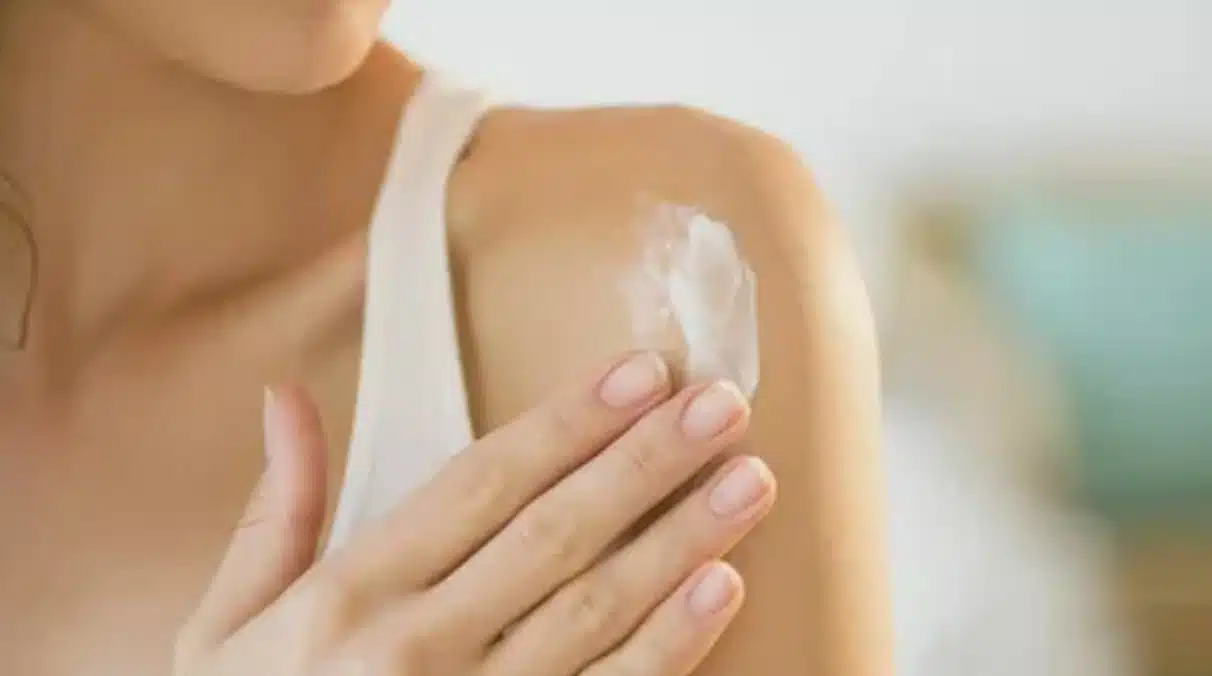
Kā lietot ķermeņa losjonu elastīgai un mitrinātai ādai?
Vēlaties uzzināt, kā vislabāk lietot ķermeņa losjonu maigai un mirdzošai ādai?
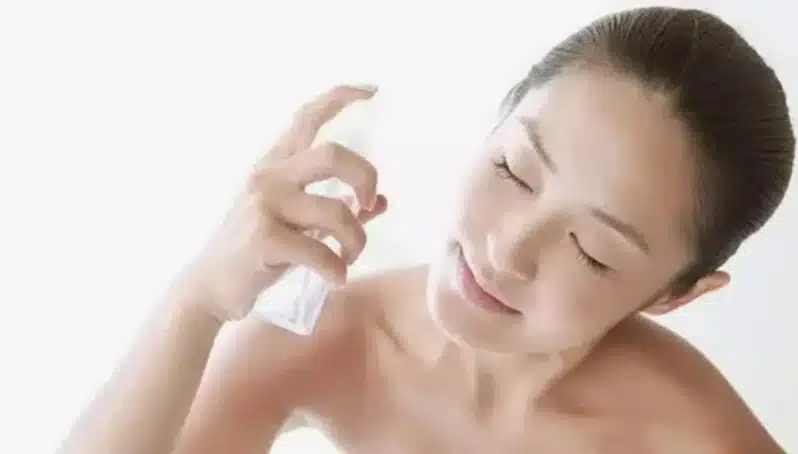
Kā lietot izsmidzināmo mitrinātāju?
Vai esat izmēģinājis mitrinošu līdzekli ar izsmidzināmu izsmidzinātāju un vai esat to lietojis pareizi?
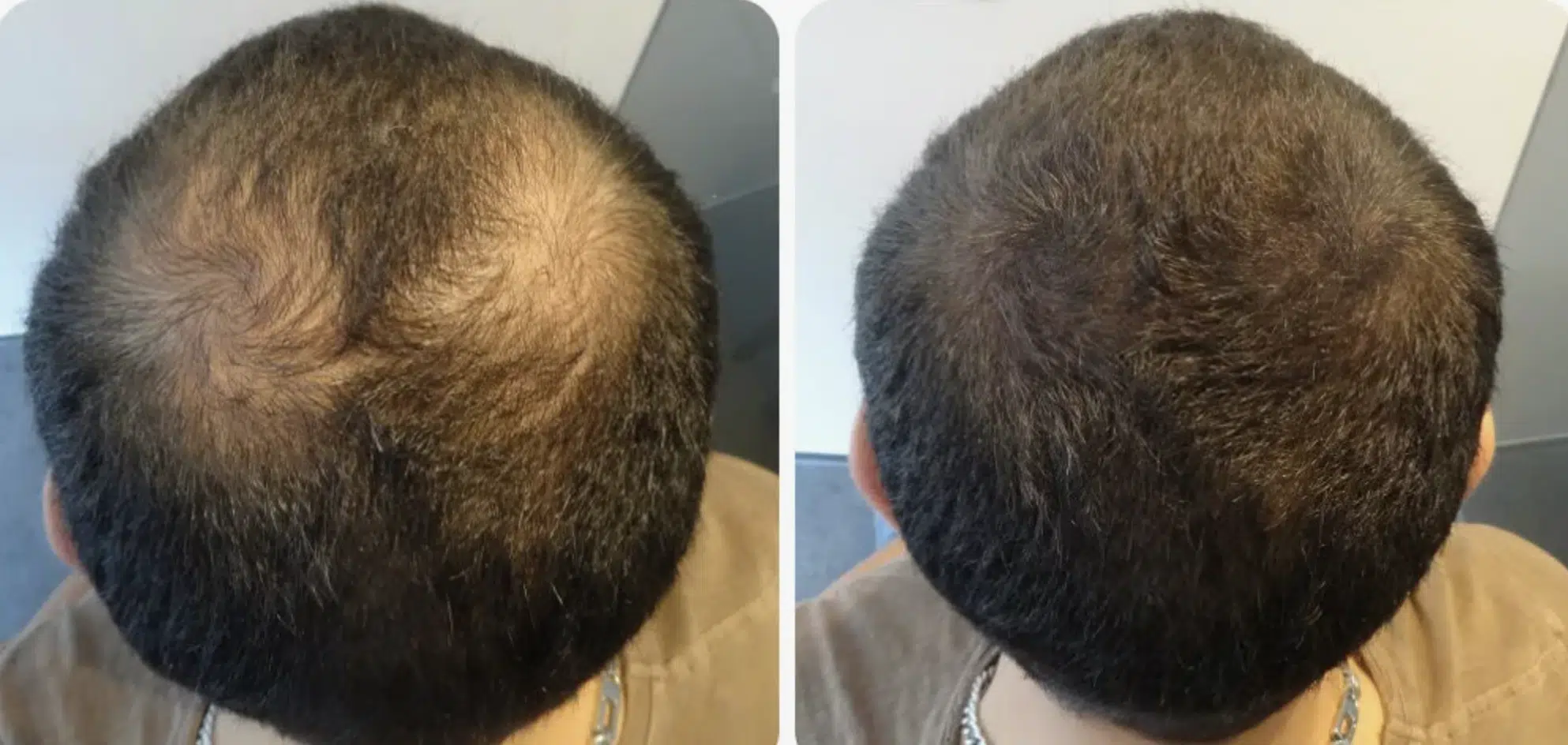
Vai jūs varat izmantot matu šķiedras katru dienu?
Matu šķiedras ir kļuvušas par risinājumu tiem, kas saskaras ar matu izkrišanu un matu retināšanos.
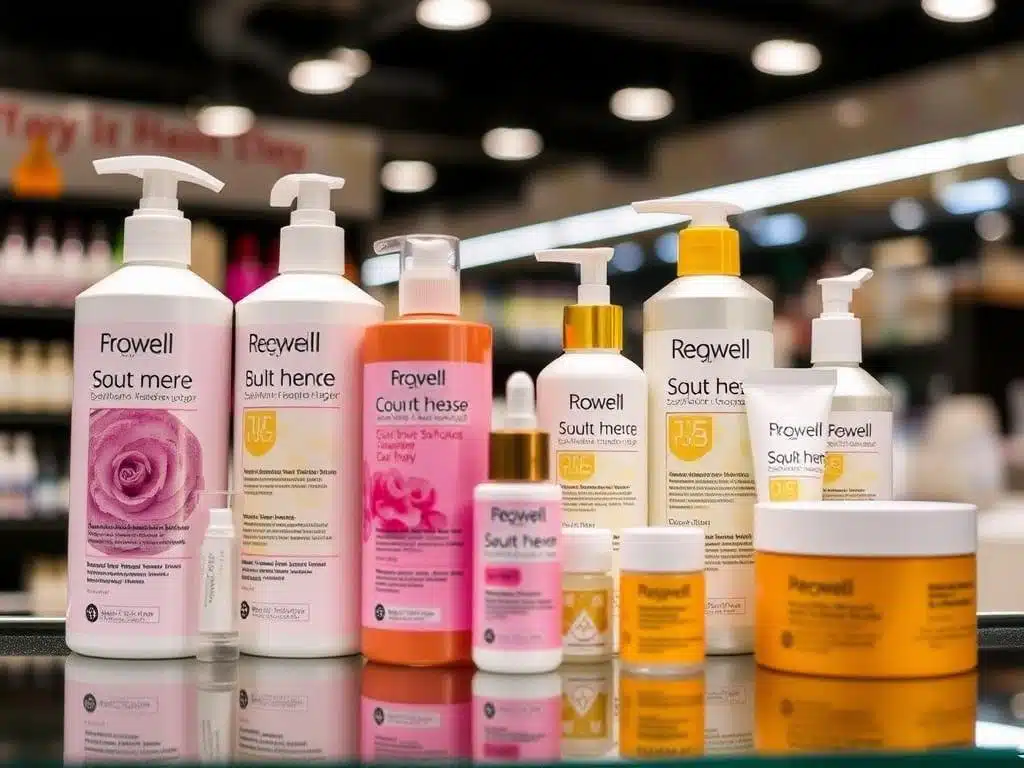
Private Label Hair Care Product Manufacturers
Are you dreaming of launching your own hair care brand, but don’t have the resources to invest in a manufacturing facility?

Kas ir labākais matu šķiedru aerosols?
Atklājot pareizo matu šķiedru aerosolu, varat pārveidot savu izskatu un palielināt pašapziņu.
- +86 151 1839 7303
- [email protected]
- Pirmdienās-nedēļās 07:00-23:00
Tags
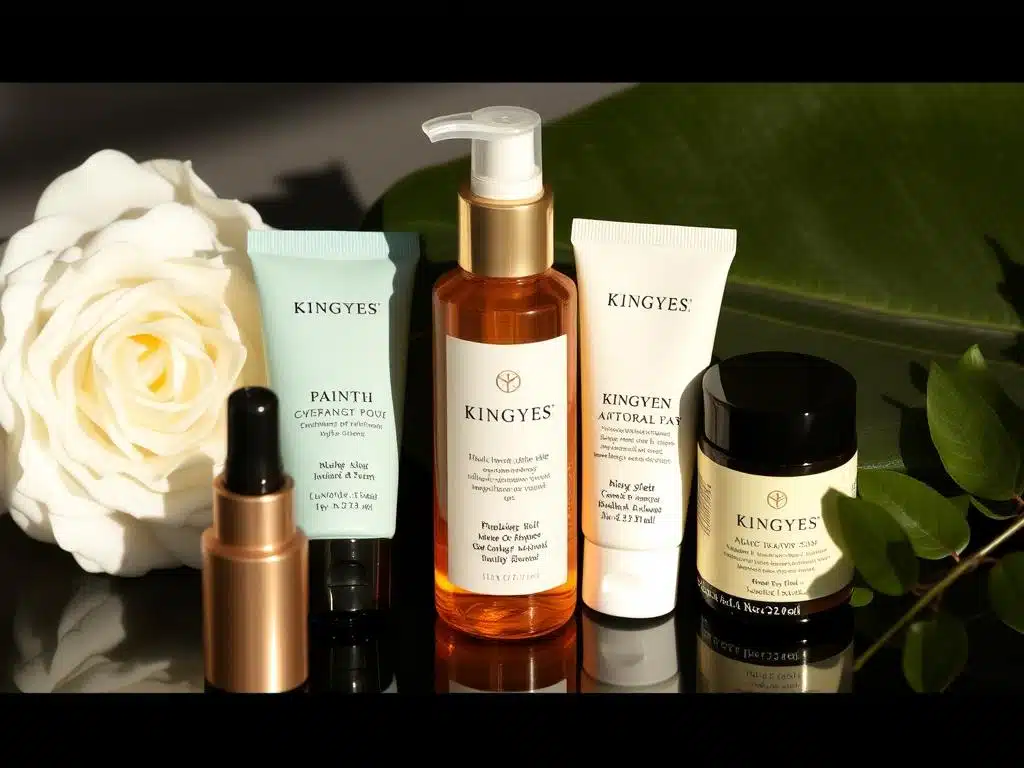
How To Sell Cosmetics On WeChat?
Are you ready to tap into the world’s largest beauty market?
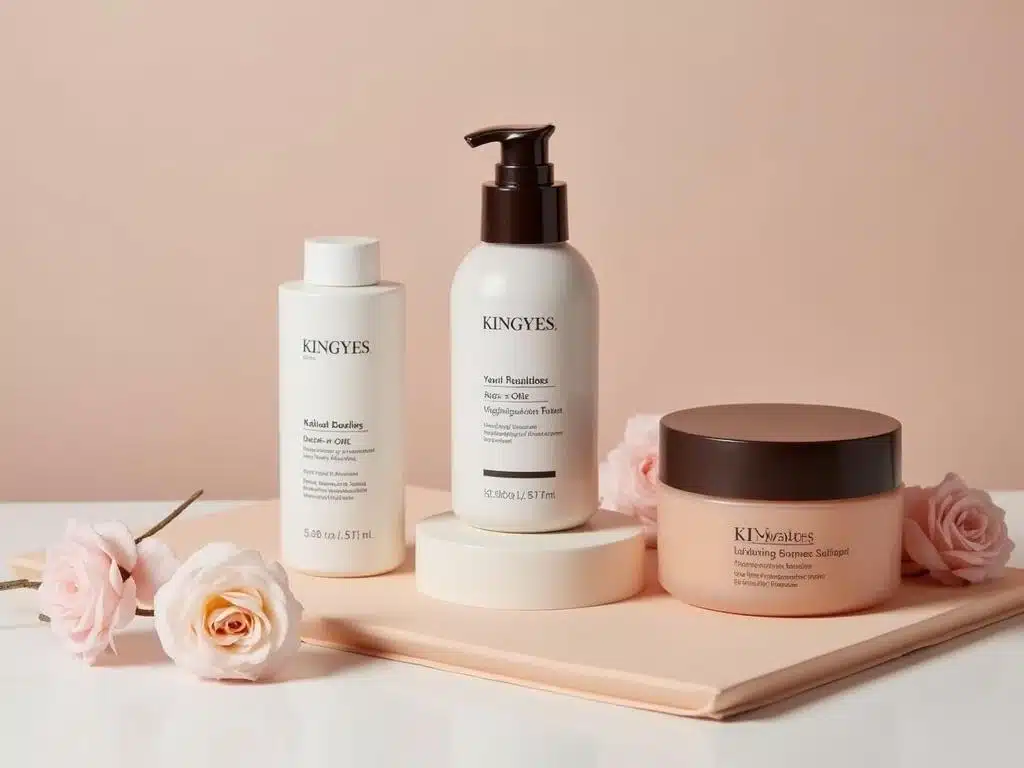
How To Sell Cosmetics On Shopee?
Looking to sell cosmetics and tap into the booming e-commerce market of Southeast Asia?

How To Cooperate With Cosmetics Factories?
In the dynamic and competitive beauty industry, partnering with the right cosmetic manufacturer is paramount to the success of your cosmetics business.

